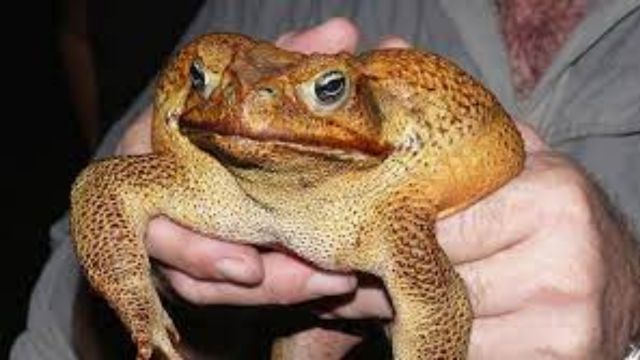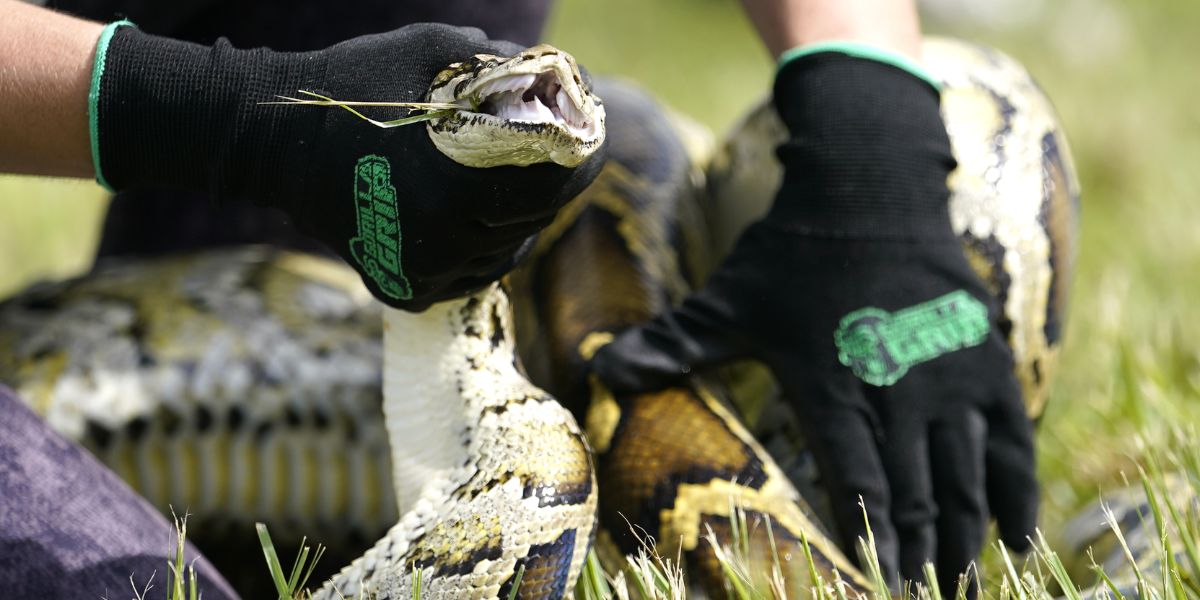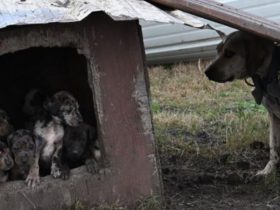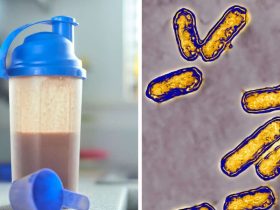WPBN: Experts are voicing fresh worries about an unexpected and perhaps permanent effect of Hurricanes Helene and Milton as Southeast cities try to recover from the severe damage they wreaked.
These hurricanes’ floods may have sped up the spread of alien species, endangering local ecosystems, agricultural output, and native wildlife populations.
Non-native species are known to spread through floodwaters, and the severe flooding that followed Hurricane Helene and Hurricane Milton has made it easier for them to do so.
The floods from Hurricane Helene alone may have disseminated an alarming 222 non-native species, according to statistics from the U.S. Geological Survey (USGS). In the meantime, 114 other species are being actively watched for possible relocation after the Hurricane Milton flooding.
Because of their potentially detrimental effects, scientists and environmentalists are very concerned about the proliferation of these alien species. Invasive species have the potential to upset the delicate balance of local ecosystems once they are introduced into a new area.
For resources like food, water, and habitat, they frequently outcompete native species, which causes native populations to dwindle. Invasive species can also harm agricultural systems, lower food yields, and put a financial strain on both governments and farmers.
A number of invasive species are of special concern to biologists since they are known to present significant risks in flood-prone locations. These consist of:
Giant Applesnails: These snails can harm agricultural crops, especially rice fields, and wetland habitats. They are also recognized to be carriers of dangerous illnesses that can harm both people and animals. Due to their extreme adaptability and ability to flourish in a wide range of aquatic habitats, Asian swamp eels frequently displace native fish populations.

Cuban Treefrogs: Known to outcompete local frogs, these amphibians have the potential to have a detrimental effect on biodiversity. When they seek cover, they can short circuit transformers and power lines, endangering electrical infrastructure.
Alligatorweed: This hostile aquatic weed may spread quickly and clog streams, making it difficult to navigate, lowering water oxygen levels, and damaging aquatic life.
‘We Are Here’: Agencies Support South Carolina Farmers in Recovery from Hurricane Helene
Every one of these invasive species presents a distinct set of difficulties and repercussions. Many of these species can directly affect commercial interests, such agriculture and fisheries, causing billions of dollars in economic damages in addition to endangering biodiversity. Control and eradication initiatives frequently need large financial investments from governments and businesses.
Experts are using cutting-edge techniques, like sophisticated mapping technology, to pinpoint regions that are most susceptible to the establishment of invasive species in order to counteract this expanding menace.
Scientists may use these maps to determine areas where non-native plants are likely to flourish and assess the amount of flooding brought on by the hurricanes. They intend to identify and address the spread of invasive species before their populations grow too big to manage by concentrating their monitoring efforts on these high-risk locations.
Campers Distributed to Homeless Survivors of Helene Storm in North Carolina for Winter Survival
“Once a species is introduced by spreading to a new location with suitable conditions, there is a possibility of that species establishing a population in its new environment,” according to the USGS. “Especially for highly invasive species that are documented to rapidly grow and reproduce without the constraints from the environment where the species originated.”
The team has created the maps to monitor the possible spread of species in the aftermath of significant disasters since Hurricane Harvey in 2017.
Experts claim that efforts have been successful in monitoring and alerting people to the growth of water hyacinth, zebra mussels, and African Jewelfish throughout the South.
More than 500 non-native species are believed to live in Florida, according to the Florida Fish and Wildlife Conservation Commission. Many of these species are suspected to have come from the animal trade.
The Burmese python and lionfish are two of the more infamous species that have made news in recent decades.
The state has promoted hunts to counteract the growing population, and hunters frequently vie for prizes for catching and killing the most invasive creatures.












Leave a Reply